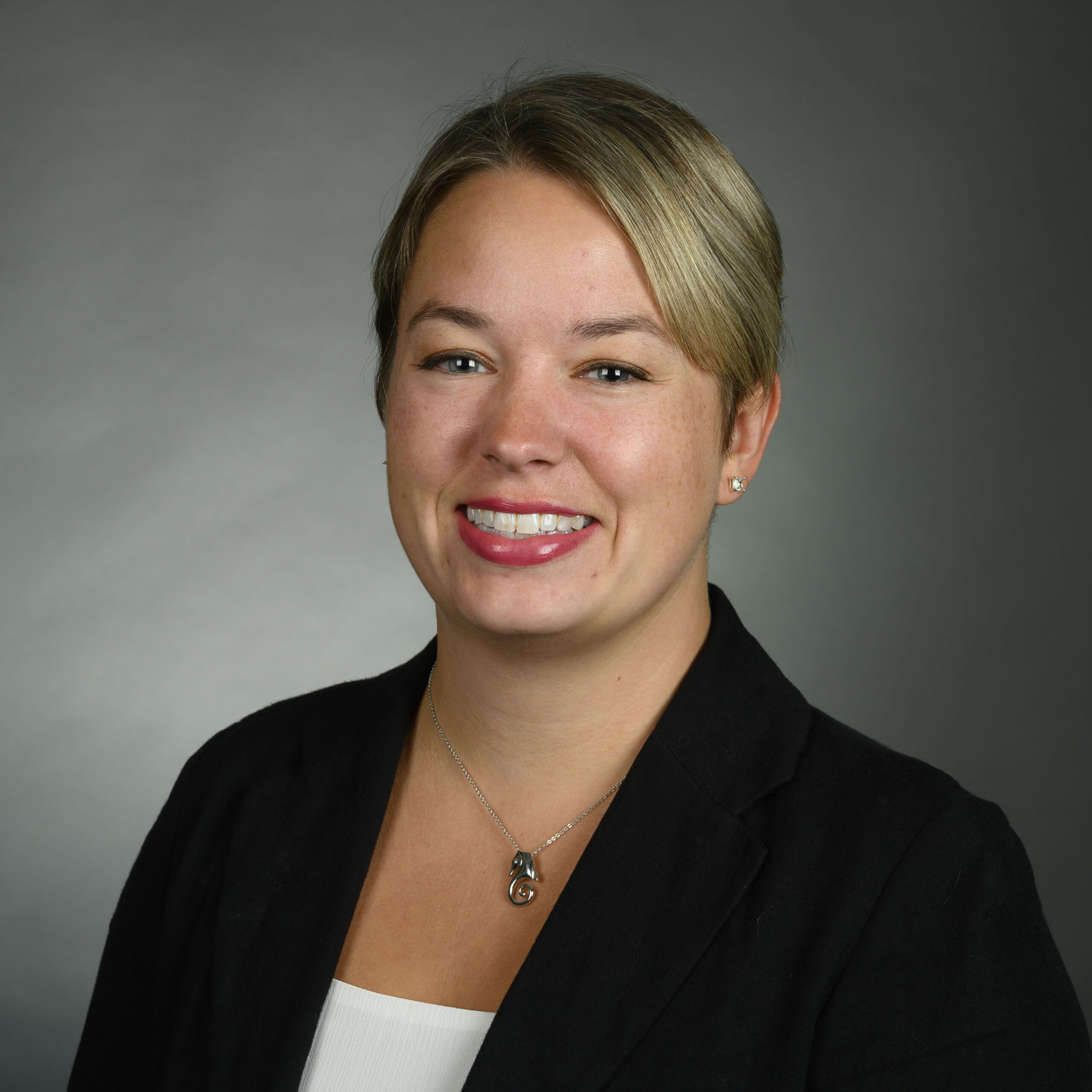
Recently, I’ve been analyzing the efficacy of museum-developed digital programs over their thirty-year history, and I’ve noticed a common theme: Every study extols the benefits of such programs, including increased outreach and engagement with visitors, increased access to resources, increased data collection related to educational programs, and increased interest in physical visits to the museum. But these studies also discuss the host of challenges that come with online learning. A lack of program development resources, institutional constraints, staffing issues, time restrictions, cost, and technological limitations can all hamstring museum staff’s best efforts to create meaningful ways to connect with visitors online.
Whatever else 2020 might bring, online learning is here to stay, which makes it a good time to reckon with those challenges. Fortunately, my research sheds some light on some strategies to tackle them. The good news is they all share a common solution: not trying to go it alone. Establishing the right partnerships and investing in professional development for your education staff can increase the reach, success, and sustainability of your online programming.
Partnerships are an opportunity to creatively leverage resources and explore new ways to engage your audiences. When selecting partners, identify organizations that share your mission or already engage in online programming. Alternatively, consider an organization that may not have a clear connection with your own, but offers the possibility to collaborate on innovative new programs that wouldn’t be possible otherwise. (While not all digital, here’s an interesting look at some creative partnerships museums have with large brands).
Collaborations with private companies, schools, universities, and even other museums can make for mutually beneficial partnerships. For example, the Museum of Modern Art and online learning platform Coursera teamed up to create massive open online courses (MOOCs) as professional development for teachers. Other museums work with universities to develop K-12 programming, leveraging the resources of both institutions. And an example of a museum-museum partnership is the Smithsonian Affiliation, where members work together to design and implement a National Youth Summit.
Partnerships can bring together groups with diverse skillsets and a range of expertise to develop and sustain online programs. But to set your partnership up for success, it’s important to work closely together in designing it. A report commissioned by the College Futures Foundation on beginning and sustaining educational partnerships presents helpful strategies for developing effective online learning partnerships. Its recommendations include defining the goals of the partnership, outlining the benefits and responsibilities of both organizations, and using data-driven decision-making.
Be clear about the purpose of your partnership from the outset. Are you hoping to drive revenue? If so, how will money be divided between the two organizations? Are you hoping your partner organization will assist with developing and hosting the program, but your institution will facilitate? If so, be clear about that from the outset. It is important to have institutional buy-in from both organizations and clear communication about the goals of the partnership. Additionally, be explicit about who is responsible for which tasks in creating and implementing a new program and on what timeline. Finally, data analytics are key for assessing your success and making decisions about the future of the program.
Once you have laid the groundwork for your partnership, get creative. Now is the time for institutions to innovate in the types of online programs they offer and give their staff the freedom to fail forward. Museums are not constrained by state or national learning standards and can therefore experiment with the new affordances offered by teaching in a digital space. Additionally, museums now have an unprecedented opportunity to reach virtual visitors who would otherwise be unable to visit their physical space. By taking risks and thinking outside the box, museums have the opportunity to redesign what online learning looks like and ensure that it serves all learners moving forward.
But for these new ventures to be truly successful, museums need to invest in their education staff.
Educators are one of the most vital components of a successful, sustainable online program. But for many of them, this is also new territory. Museums can set their staff up for success by investing in professional development to support and encourage educators as they develop new programs in an often-unfamiliar format. Professional development can help build educators’ skills and levels of confidence in developing and facilitating new programs and decrease burnout. However, in many institutions, professional development for educators is not equal to the level of excellence expected from front-of-house staff, if it’s even offered at all. Many resources are available to help support museum educators, but they must be given the time and resources they need to learn and grow, in addition to developing and facilitating programs.
Targeted professional development for museum educators should also focus on creating digital programs that are accessible to a wide range of learners. This means utilizing a variety of tools, including closed captioning, alt text for images, selecting colors that are color-blind friendly, testing websites for content accessibility, and offering programs in more than one language. Together we can take advantage of these new opportunities to reach more diverse audiences through successful, sustainable, and innovative digital programming.
Since the beginning of COVID-19, several organizations, such as Cuseum, have been offering a wide range of webinars that can help educators build their online programming skills. Additionally, AAM has published two books that discuss the benefits, challenges, and strategies for developing online programs in museums: Unbound by place or time: Museums and online learning and All Together Now: Museums and Online Collaborative Learning. AAM’s Museum Junction is also a great resource for developing and facilitating online programming. Educators from all types of institutions have come together to support one another during closures and transitions to virtual engagement. But institutions must invest in their staff to encourage the creation of high-quality online programming that is beneficial for learners of all ages.
Between highly trained educators and robust partnerships, we can lighten the load in developing new online programming. These programs allow museums to increase access and education for learners of all ages.

Further resources for developing partnerships:
NISE Net: Museum Community Partnerships
Community Tool Box: Creating and Maintaining Partnerships








